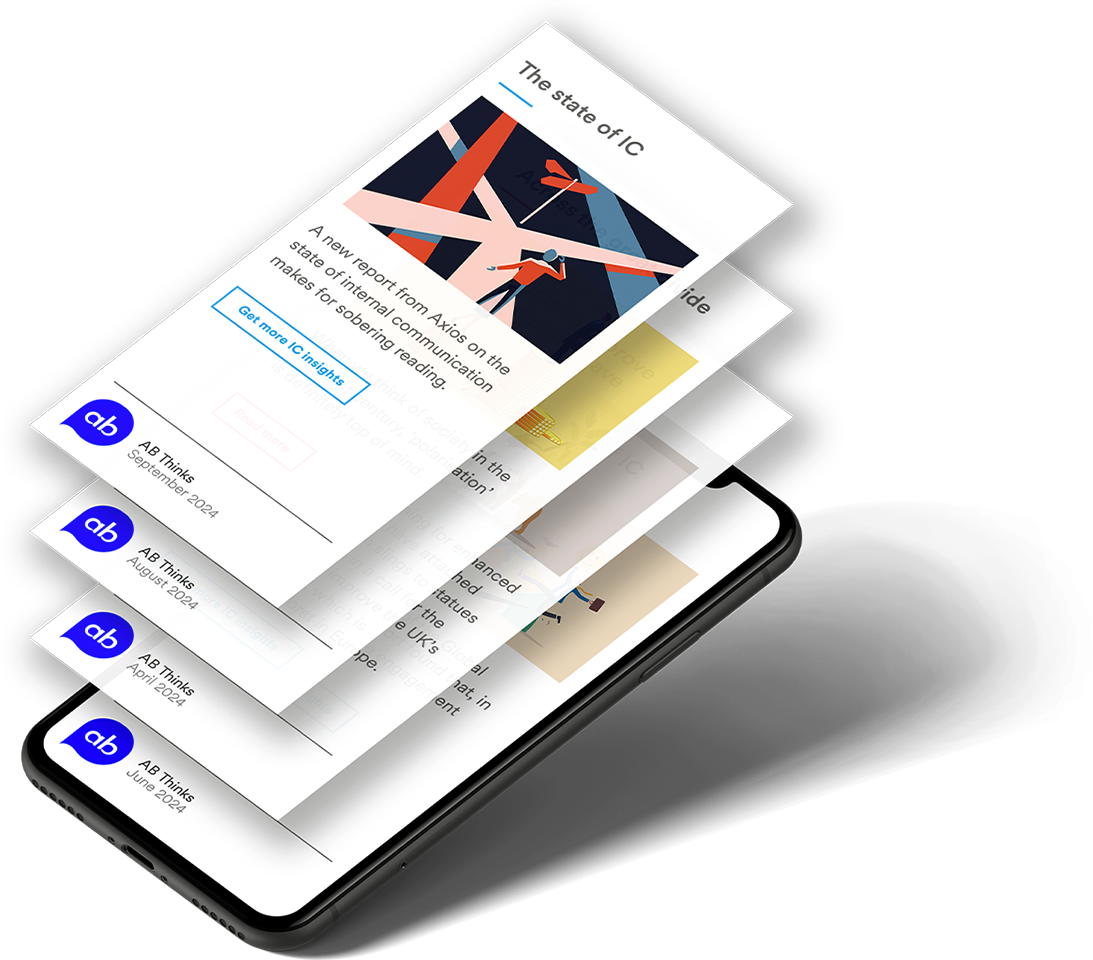The Design Museum has recently relocated to the old Commonwealth Institute in Kensington High Street and opened its doors to a new exhibition, California: Designing Freedom.
The exhibition follows Californian design from the hippies, surfers and activists of the 1960s, who had a shared vision of freedom and social acceptance, to the ethos in technology emerging from Silicon Valley today – shared knowledge and ideas; free of class, race, financial or social boundaries.
Throughout the exhibition, we see the work of designers, engineers and programmers influenced by a vision of freedom to live and work together.
It begins by looking at the festivals, conferences and the communes of the 1960s that provided a template for what a networked, egalitarian society could be like – a vision which would influence the state’s emerging computer culture.
It draws parallels between the decline of the hippy and commune movement in the 1970s and how its ideals were adopted by hackers and programmers, to create digital platforms on which people could meet, communicate and share ideas across a larger, ever-growing network.
How computers are almost second nature today is largely thanks to the original ergonomic design. “These things now seem so intuitive,” says co-curator Brendan McGetrick, “that a computer document looks like a white piece of paper with text on it, that it sits on an office-like ‘desktop’ – these are the results of specific design decisions.” Frighteningly, he goes on to say: “The end-game is that technology will become invisible and we’ll have Google inside our heads.” This may sound far-fetched but the first iPhone came out just 10 years ago, and in that short time has transformed the way we live and communicate.
I hadn’t realised that so many popular platforms on which we create and share information worldwide were designed in California. From Apple, Facebook, Snapchat and Google to the Adobe Suite all stem from a utopian ideal with a shared vision for freedom – be it creative, of speech, of movement or expression.
The tools for personal expression now lie in the hands of anyone with a computer or smartphone, and their voices can be shared across the world.


